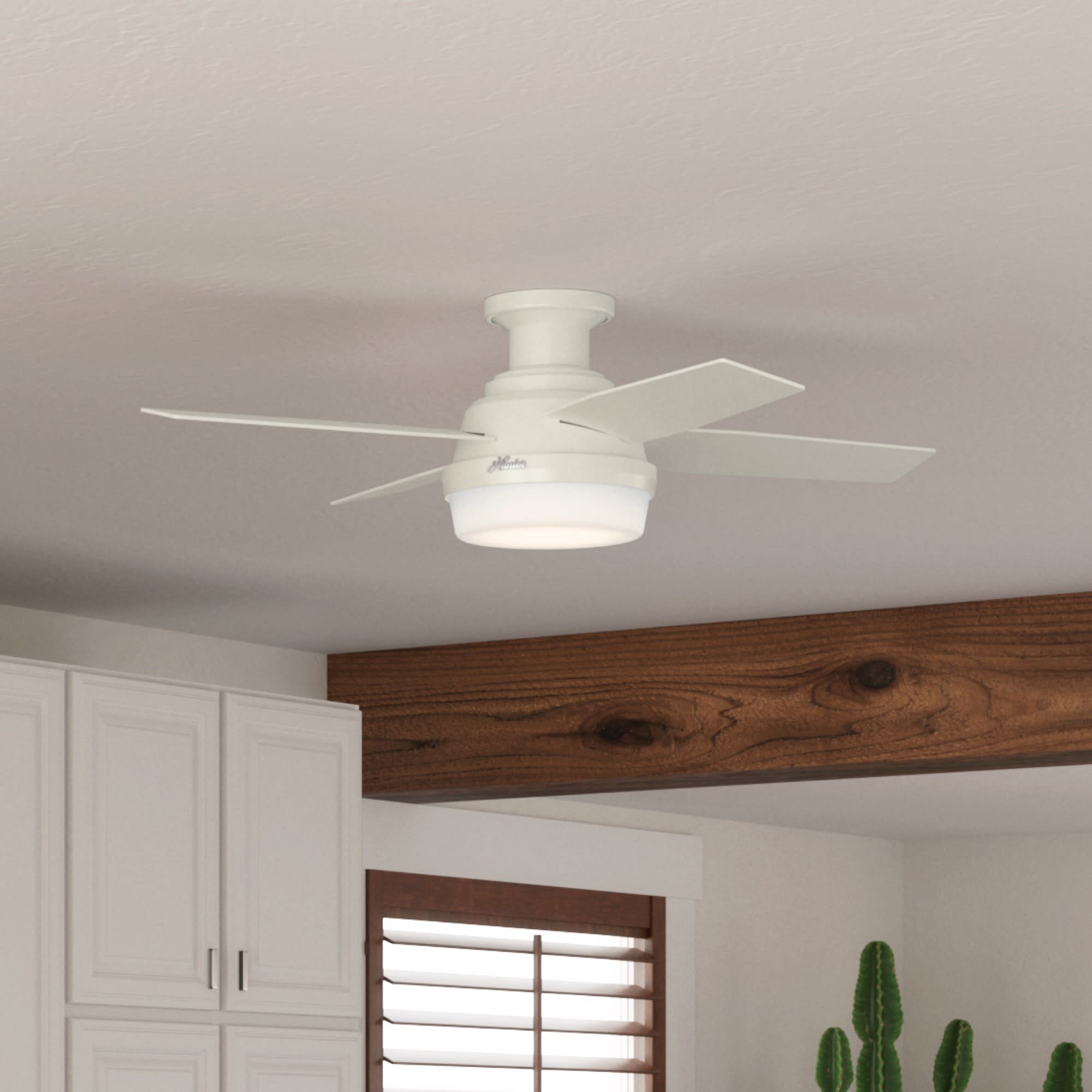

Articles
What Is A Low Profile Ceiling Fan
Modified: February 27, 2024
Looking for articles on low profile ceiling fans? Learn about the benefits, features, and installation tips for low profile ceiling fans in our informative collection of articles.
(Many of the links in this article redirect to a specific reviewed product. Your purchase of these products through affiliate links helps to generate commission for Storables.com, at no extra cost. Learn more)
What Is A Low Profile Ceiling Fan
A low profile ceiling fan is a type of ceiling fan that is specifically designed to be mounted close to the ceiling, with minimal distance between the fan blades and the ceiling surface. Unlike standard ceiling fans that hang down from a downrod, low profile ceiling fans are flush-mounted or hugger-style fans that do not require a lot of vertical space. They are ideal for rooms with low ceilings or for spaces where you want to maintain a sleek and unobtrusive appearance.
Low profile ceiling fans are becoming increasingly popular due to their practicality and versatility. They offer the same benefits as standard ceiling fans, such as circulating air to improve indoor comfort, but with a compact design that suits various spaces. These fans come in a range of styles, sizes, and finishes to complement any decor, making them a functional and aesthetic addition to your home or office.
Key Takeaways:
- Low profile ceiling fans are ideal for rooms with low ceilings, offering improved air circulation, energy efficiency, and quiet operation while complementing various interior styles.
- When choosing a low profile ceiling fan, consider factors such as room size, blade material, airflow efficiency, and maintenance to ensure optimal performance and style integration.
Read also: 14 Best Low Profile Ceiling Fan for 2024
Benefits of using a low profile ceiling fan
There are several advantages to using a low profile ceiling fan:
- Space-saving: Low profile ceiling fans are perfect for rooms with low ceilings or limited vertical clearance. They provide efficient air circulation without taking up too much space.
- Improved air circulation: Ceiling fans help to distribute air, creating a gentle breeze that can make a room feel more comfortable. A low profile fan ensures that the air circulates properly, even in rooms with low ceilings.
- Energy-efficient cooling: By using a low profile ceiling fan in conjunction with an air conditioner, you can reduce your reliance on the AC unit and save on energy costs. The fan helps to distribute the cool air throughout the room, allowing you to set the thermostat at a higher temperature.
- Noise reduction: Low profile ceiling fans are typically designed to operate quietly. Their close proximity to the ceiling minimizes any wobbling or noise that may occur with traditional ceiling fans.
- Aesthetically pleasing: With a range of stylish designs and finishes available, low profile ceiling fans can enhance the overall look and feel of a room. They can blend seamlessly with your decor or become a focal point, depending on your preference.
Features and design of low profile ceiling fans
Low profile ceiling fans come with various features and designs to suit different preferences and needs. Here are some common features to consider:
- Blade materials: Ceiling fan blades can be made from various materials, such as wood, plastic, or metal. Each material offers different aesthetics and performance characteristics.
- Number of blades: Low profile ceiling fans can have anywhere from three to six blades. The number of blades may impact the overall airflow and noise level.
- Lighting options: Many low profile ceiling fans come with built-in light fixtures or the option to add one. This can provide both illumination and air circulation in a single fixture.
- Remote control or wall switch: Some low profile ceiling fans come with remote controls for convenient operation, while others can be controlled through a wall switch.
- Motor power: The motor is an essential component of a ceiling fan. Look for a fan with a high-quality motor that is powerful, efficient, and quiet.
When choosing a low profile ceiling fan, consider the size of your room, the desired airflow, and the overall style and decor. This will help you find a fan that meets your specific needs.
Introduction
A low profile ceiling fan is a practical and stylish solution for rooms with low ceilings or limited vertical clearance. These fans are designed to be mounted close to the ceiling, ensuring efficient air circulation without sacrificing precious headspace. The popularity of low profile ceiling fans has been on the rise due to their space-saving design and ability to enhance both the comfort and aesthetics of a room.
Standard ceiling fans usually hang from a downrod, which can take up quite a bit of vertical space. In contrast, low profile ceiling fans, also known as flush-mounted or hugger-style fans, eliminate that gap and provide a sleek and streamlined look. Their compact design makes them an excellent choice for rooms with low ceilings, such as bedrooms, living rooms, and offices.
One of the main benefits of using a low profile ceiling fan is the improved air circulation it offers. These fans effectively circulate air throughout the room, creating a gentle breeze that can make the space feel cooler and more comfortable. Additionally, a low profile fan can help enhance the performance of air conditioning units. By using a ceiling fan in conjunction with an AC, you can evenly distribute the cooled air, allowing you to raise the thermostat temperature and save on energy costs.
Another advantage of low profile ceiling fans is their space-saving design. Since they sit flush against the ceiling, there is no need to worry about headroom clearance. This makes them ideal for small rooms, rooms with low-hanging light fixtures, or spaces where you want to maintain a clean and unobtrusive look.
Aside from their functionality, low profile ceiling fans come in a wide range of styles, sizes, and finishes to suit any decor. Whether you prefer a modern and minimalist design or a more traditional and ornate look, there is a low profile fan to match your aesthetic preferences. Some models even feature integrated lighting options, providing both functionality and style in a single fixture.
Installing a low profile ceiling fan is a relatively straightforward process, but it is essential to consider a few factors. Ensure that the ceiling height is sufficient for the fan to operate safely and that there is enough clearance for the blades to rotate freely. It is also crucial to follow the manufacturer’s instructions and guidelines to ensure proper installation and operation.
In this article, we will explore the benefits of using a low profile ceiling fan, delve into the features and designs available, discuss installation considerations, and provide tips on choosing the right fan for your space. So, whether you are looking to improve airflow, save energy, or add a stylish element to your room, a low profile ceiling fan might be the perfect solution for you.
Definition of a Low Profile Ceiling Fan
A low profile ceiling fan, also known as a flush-mounted or hugger-style fan, is a type of ceiling fan that is designed to be installed close to the ceiling, with minimal vertical clearance. Unlike standard ceiling fans that typically hang from a downrod, low profile fans are mounted directly against the ceiling surface. This design allows them to effectively circulate air while minimizing any obtrusion into the room.
Low profile ceiling fans are particularly suited for rooms with low ceilings or limited vertical space. They provide the same benefits as traditional ceiling fans, such as improving air circulation, providing a cooling effect, and enhancing overall comfort in a room. However, their flush-mounted design ensures that they do not interfere with headroom, making them an excellent choice for spaces with lower ceilings, such as basements, lofts, or apartments with standard-height ceilings.
These fans are available in a variety of sizes and styles to suit different room aesthetics. They can range from small, compact options ideal for bathrooms or hallways, to larger models suitable for larger living areas or bedrooms. The blades of a low profile ceiling fan can be made from different materials, such as wood, plastic, or metal, and may come with varying numbers of blades for different levels of air circulation and noise output.
One key feature of low profile ceiling fans is their close proximity to the ceiling surface. This design minimizes the vertical distance between the fan blades and the ceiling, allowing for efficient airflow circulation without compromising the visual space in a room. Additionally, low profile fans are often equipped with powerful motors that ensure optimal performance, quietly circulating the air and providing a comfortable airflow in the room.
It is important to note that low profile ceiling fans are not to be confused with ceiling fans labelled as “low profile adaptors” or “low profile kits.” These adaptors or kits are additional accessories that can be used to convert a standard ceiling fan with a downrod into a low profile fan. While they serve a similar purpose of mounting the fan closer to the ceiling, they are not the same as a dedicated low profile fan designed specifically for flush-mounting.
In summary, a low profile ceiling fan is a specially designed fan that is mounted close to the ceiling, providing optimal airflow circulation, cooling, and comfort in rooms with low ceilings or limited vertical clearance. Their flush-mounted design allows for unobtrusive installation while maintaining efficient air movement, making them an attractive and functional choice for various living spaces.
Benefits of Using a Low Profile Ceiling Fan
Low profile ceiling fans offer several advantages that make them a popular choice for homes and spaces with low ceilings or minimal vertical clearance. Here are some of the key benefits of using a low profile ceiling fan:
- Space-saving: Low profile ceiling fans are designed to be mounted close to the ceiling, minimizing the amount of vertical space they occupy. This makes them ideal for rooms with low ceilings or limited headroom, allowing you to maximize the available space without sacrificing comfort or style.
- Improved air circulation: Ceiling fans, including low profile models, effectively circulate the air in a room, creating a gentle breeze that enhances comfort. By circulating the air, these fans help to distribute both cool and warm air more evenly throughout the space, making the room feel more comfortable year-round.
- Energy efficiency: Using a low profile ceiling fan can significantly reduce energy consumption and costs. By circulating air and creating a cooling effect, a low profile fan can help you rely less on air conditioning during hot summer months. This allows you to set your thermostat at a higher temperature, thereby reducing your energy usage and lowering your cooling bills.
- Quiet operation: Low profile fans are typically designed to operate quietly, providing a peaceful and comfortable environment in your space. With their close proximity to the ceiling, these fans experience less wobbling, reducing the potential for annoying rattling sounds or vibrations commonly associated with standard ceiling fans.
- Versatility in design: Low profile ceiling fans come in a wide range of styles, finishes, and designs to suit various interior aesthetics. Whether you prefer a modern, minimalist look or a more traditional, ornate design, there is a low profile fan available that can complement your decor and enhance the overall look of your room.
- Lighting options: Many low profile ceiling fans come with integrated light fixtures or the option to add one. This allows you to combine lighting and air circulation in a single fixture, eliminating the need for separate ceiling lights or lamps and maximizing the functionality of your space.
Whether you’re looking to cool down a room, improve air circulation, save energy, or enhance the visual appeal of your space, a low profile ceiling fan can provide numerous benefits. Their space-saving design, effective airflow circulation, energy efficiency, quiet operation, and versatile style options make them a practical and stylish addition to any room with limited ceiling height.
When choosing a low profile ceiling fan, look for one with a blade span that fits the size of your room, a powerful motor for efficient air circulation, and a sleek design to blend seamlessly with your ceiling.
Features and Design of Low Profile Ceiling Fans
Low profile ceiling fans come with a variety of features and designs to suit different preferences and needs. These features not only contribute to the fan’s functionality but also enhance its aesthetic appeal. Here are some common features and design considerations to keep in mind when choosing a low profile ceiling fan:
- Blade Materials: Low profile ceiling fans can come with blades made from various materials such as wood, plastic, or metal. Each material offers a different aesthetic appeal and can impact the fan’s performance. Wood blades are often preferred for their classic and elegant look, while plastic or metal blades may be more durable and easier to clean.
- Number of Blades: Low profile fans come with different numbers of blades, usually ranging from three to six. The number of blades can affect the fan’s airflow and noise level. Fans with fewer blades tend to produce more airflow and may generate a slightly higher noise level compared to fans with more blades. Choose the number of blades based on your desired airflow and noise preferences.
- Blade Pitch: The blade pitch refers to the angle at which the blades are positioned relative to the fan’s motor. A steeper blade pitch typically results in more airflow but may also increase noise. Consider the optimal balance between airflow and noise based on your specific needs.
- Lighting Options: Many low profile ceiling fans come with built-in light fixtures or have the option to add one. These integrated lighting options provide both illumination and air circulation, eliminating the need for separate ceiling lights or lamps. Choose a fan with lighting options that match the overall style and ambiance of your space.
- Motor Power: The motor is a critical component of a ceiling fan, as it determines its performance and durability. Look for a low profile fan with a high-quality motor that is powerful, efficient, and quiet. A highly efficient motor not only ensures effective airflow but also consumes less energy, reducing operating costs in the long run.
- Control Options: Low profile ceiling fans can be controlled in different ways, including wall switches, pull chains, and remote controls. Some models even offer smart control options, allowing you to operate the fan using a smartphone or voice commands. Choose a control option that suits your convenience and preferences.
- Finish and Style: Low profile fans come in a wide range of finishes and styles to match various interior designs. Whether you prefer a contemporary, industrial, or traditional look, there is a low profile fan available to complement your space. Consider factors such as the color, texture, and overall design of the fan to ensure it harmonizes with your room’s decor.
When selecting a low profile ceiling fan, it’s important to consider factors such as the size and layout of your room, the desired airflow, and the overall style and design of your space. By taking these features and design elements into account, you can find a low profile fan that not only meets your functional needs but also enhances the aesthetics of your room.
Installation Considerations for Low Profile Ceiling Fans
Installing a low profile ceiling fan requires careful planning and attention to detail to ensure proper operation and safety. Here are some key considerations to keep in mind when installing a low profile ceiling fan:
- Ceiling Height: Measure the distance between the floor and the ceiling to ensure that you have sufficient ceiling height for the fan installation. Low profile ceiling fans are designed for rooms with low ceilings, but it’s essential to check the manufacturer’s recommendations for minimum clearance requirements.
- Ceiling Structure: Confirm that the ceiling structure can support the weight of the fan. Most ceiling fans are attached to a ceiling joist or support beam. If there is no existing structural support, consult a professional to ensure that the necessary reinforcements are installed.
- Electrical Wiring: Ensure that there is a suitable electrical junction box in the desired installation location for the fan. The junction box should be securely mounted and able to handle the weight of the fan. If necessary, consult an electrician to install the appropriate wiring and junction box.
- Fan Mounting: Follow the manufacturer’s instructions for mounting the fan to the ceiling. Typically, low profile ceiling fans have a mounting bracket that is secured to the electrical junction box. Ensure that the mounting bracket is securely fastened and level to avoid any wobbling or instability during operation.
- Blade Clearance: Verify that there is sufficient clearance between the fan blades and any surrounding objects, such as walls, furniture, or light fixtures. For optimal airflow and safety, there should be a minimum distance of 12 inches between the tip of the blades and any obstruction.
- Electrical Connections: Connect the electrical wires from the fan to the corresponding wires in the electrical junction box. Follow the manufacturer’s instructions and make sure to secure the connections properly using wire nuts or other recommended connectors. Double-check that all connections are tight and insulated to prevent any electrical hazards.
- Balance and Alignment: After installation, run the fan on different speeds to check for any wobbling or imbalances. If necessary, use a balancing kit (often provided by the manufacturer) to adjust the blades and ensure smooth operation. Also, check that the fan is aligned correctly with the ceiling and that it does not interfere with any other objects or surfaces.
- Switch and Control: Install the necessary switches or controls for operating the fan. This may involve installing a wall switch, a remote control receiver, or integrating the fan with a smart home system. Make sure to follow the manufacturer’s instructions and any local electrical codes.
It is important to note that the installation process may vary depending on the specific model and manufacturer. Always refer to the detailed installation instructions provided by the manufacturer for your particular low profile ceiling fan. If you are unsure about any aspect of the installation, it is recommended to consult a professional electrician or handyman to ensure a safe and proper installation.
By paying attention to these installation considerations, you can ensure the successful and efficient installation of your low profile ceiling fan, enhancing the comfort and aesthetics of your space.
Choosing the Right Low Profile Ceiling Fan for Your Space
When selecting a low profile ceiling fan, there are several factors to consider to ensure that it suits your space and meets your specific needs. Here are some key factors to keep in mind when choosing the right low profile ceiling fan:
- Room Size: Consider the size of the room where the fan will be installed. Larger rooms may require fans with larger blade spans to effectively circulate air. Smaller rooms, on the other hand, may benefit from fans with smaller blade spans.
- Ceiling Height: Measure the clearance between the floor and ceiling to determine the appropriate profile or height of the low profile fan. Ensure that there is enough clearance to avoid any safety or operational issues.
- Blade Material and Design: Select the blade material and design that complements the style of your space. Common blade materials include wood, plastic, and metal, each offering unique aesthetics. Additionally, consider the blade design, such as the shape and finish, to achieve the desired look.
- Number of Blades: Consider the number of blades that best suits your preferences. Fans with fewer blades may provide more focused airflow but can generate more noise. Fans with more blades can provide a more even distribution of airflow but may be less efficient.
- Airflow Efficiency: Look for fan models that are Energy Star certified or have a high airflow efficiency rating. These fans are designed to operate more efficiently, reducing energy consumption and potentially lowering your energy bills.
- Control Options: Consider the control options available for the fan. It could include pull chains, wall switches, remote controls, or even smart home integration. Choose a control option that is convenient and easy for you to operate.
- Noise Level: Fans with quieter operation are generally preferred, especially for bedrooms or areas where noise sensitivity is a concern. Look for fans that are designed to operate silently or have noise-dampening features.
- Lighting Features: If you require additional lighting in the room, consider a low profile ceiling fan with integrated light fixtures or the option to add one. This allows you to have both lighting and air circulation in a single fixture, reducing the need for separate installations.
- Style and Finish: Choose a low profile fan that complements the overall style and decor of your space. Consider the fan’s finish, whether it be brushed nickel, matte black, or a wood grain pattern, to ensure it blends seamlessly with the room’s aesthetics.
It’s important to balance both functionality and aesthetics when selecting a low profile ceiling fan. Take into account the specific requirements of your space, the desired airflow, and your personal preferences in terms of design and control options. Reading customer reviews and consulting with experts can also provide valuable insights to help you make an informed decision.
By carefully considering these factors and choosing the right low profile ceiling fan for your space, you can ensure optimal air circulation, enhanced comfort, and a stylish addition to your room’s decor.
Read more: What Is A Low Profile Mattress
Maintenance and Care of Low Profile Ceiling Fans
Maintaining and caring for your low profile ceiling fan ensures its optimal performance, longevity, and safe operation. By following these maintenance guidelines, you can keep your fan in excellent condition:
- Regular Cleaning: Dust and debris can accumulate on the fan blades, motor housing, and other components over time. Use a soft, lint-free cloth or a brush attachment on a vacuum cleaner to gently clean the blades and remove any dust or dirt. Be sure to turn off the fan and wait for it to come to a complete stop before cleaning.
- Check and Tighten Connections: Periodically inspect the fan’s mounting bracket, blades, and other components to ensure that all screws, bolts, and fasteners are securely tightened. Loose connections can cause wobbling, noise, or even compromise the fan’s stability.
- Balance the Blades: If you notice any wobbling or uneven operation, it may be necessary to balance the fan blades. Most low profile ceiling fans come with a balancing kit that allows you to adjust the weight distribution of the blades. Follow the manufacturer’s instructions to correct any imbalances for smooth and quiet operation.
- Lubrication: Some low profile ceiling fans may require lubrication for optimal performance. Refer to the manufacturer’s instructions to determine if your fan’s motor and bearings need periodic lubrication. Use a high-quality lubricant recommended by the manufacturer, and follow the instructions carefully to avoid over-lubrication or damage to the fan.
- Replace Worn or Damaged Parts: Inspect the fan regularly for any signs of wear or damage, such as cracks in the blades or loose wiring connections. If you notice any issues, contact the manufacturer or a qualified professional to replace the damaged parts. It’s essential to use genuine replacement parts to maintain the fan’s performance and safety.
- Clean or Replace Filters: If your low profile ceiling fan has an integrated air filter, such as in models with air purification systems, follow the manufacturer’s instructions for cleaning or replacing the filters. Regular maintenance of the filters ensures that they effectively trap dust and allergens, keeping the air in your room cleaner and healthier.
- Keep the Area Clear: Ensure that there is adequate clearance around the fan to avoid any obstructions. Check that furniture, curtains, or other objects are not blocking the airflow or touching the fan blades. Maintaining proper clearance helps maximize the fan’s performance and prevents any safety hazards.
- Follow Usage Guidelines: Adhere to the manufacturer’s guidelines and recommendations for operating the fan. Avoid using the fan on excessively high speeds for extended periods, as this can strain the motor and increase noise. Additionally, be mindful of any weight restrictions on the fan, such as limitations on additional light fixtures or other attachments.
Regular maintenance and care will help extend the lifespan and ensure the optimal performance of your low profile ceiling fan. By keeping it clean, checking and tightening connections, balancing the blades, lubricating when necessary, and promptly addressing any issues, you can enjoy a reliable, efficient, and safe airflow in your space.
If you have any specific maintenance or care inquiries, always consult the manufacturer’s instructions or seek guidance from a professional. They can provide additional guidance and specialized advice based on the specific model of your low profile ceiling fan.
Conclusion
Low profile ceiling fans offer a practical and stylish solution for rooms with low ceilings or limited vertical clearance. Their flush-mounted design allows for efficient air circulation without taking up valuable headspace, making them an ideal choice for a range of spaces, from bedrooms and living rooms to offices and apartments.
The benefits of using a low profile ceiling fan are numerous. These fans help improve air circulation, enhance comfort, and provide energy-efficient cooling, allowing you to reduce your dependence on air conditioning and lower energy costs. They operate quietly, eliminating any potential disturbances, and offer a versatile range of designs and finishes to suit various interior styles.
When choosing a low profile ceiling fan, consider factors such as room size, ceiling height, blade material and design, airflow efficiency, control options, noise level, lighting features, and overall style. These considerations will help ensure that you select a fan that not only meets your functional needs but also complements the aesthetics of your space.
Maintaining and caring for your low profile ceiling fan is essential to ensure optimal performance and longevity. Regular cleaning, checking and tightening of connections, balancing the blades, lubricating when necessary, and replacing worn or damaged parts will keep your fan operating smoothly and safely.
In conclusion, low profile ceiling fans offer a space-saving and effective way to enhance air circulation, control room temperature, and add a touch of style to any space. By choosing the right fan and properly maintaining it, you can enjoy a cool and comfortable environment while reducing energy consumption. Whether you want to create a cozy atmosphere in your bedroom or improve air circulation in your living room, a low profile ceiling fan is a reliable and stylish choice.
Frequently Asked Questions about What Is A Low Profile Ceiling Fan
Was this page helpful?
At Storables.com, we guarantee accurate and reliable information. Our content, validated by Expert Board Contributors, is crafted following stringent Editorial Policies. We're committed to providing you with well-researched, expert-backed insights for all your informational needs.

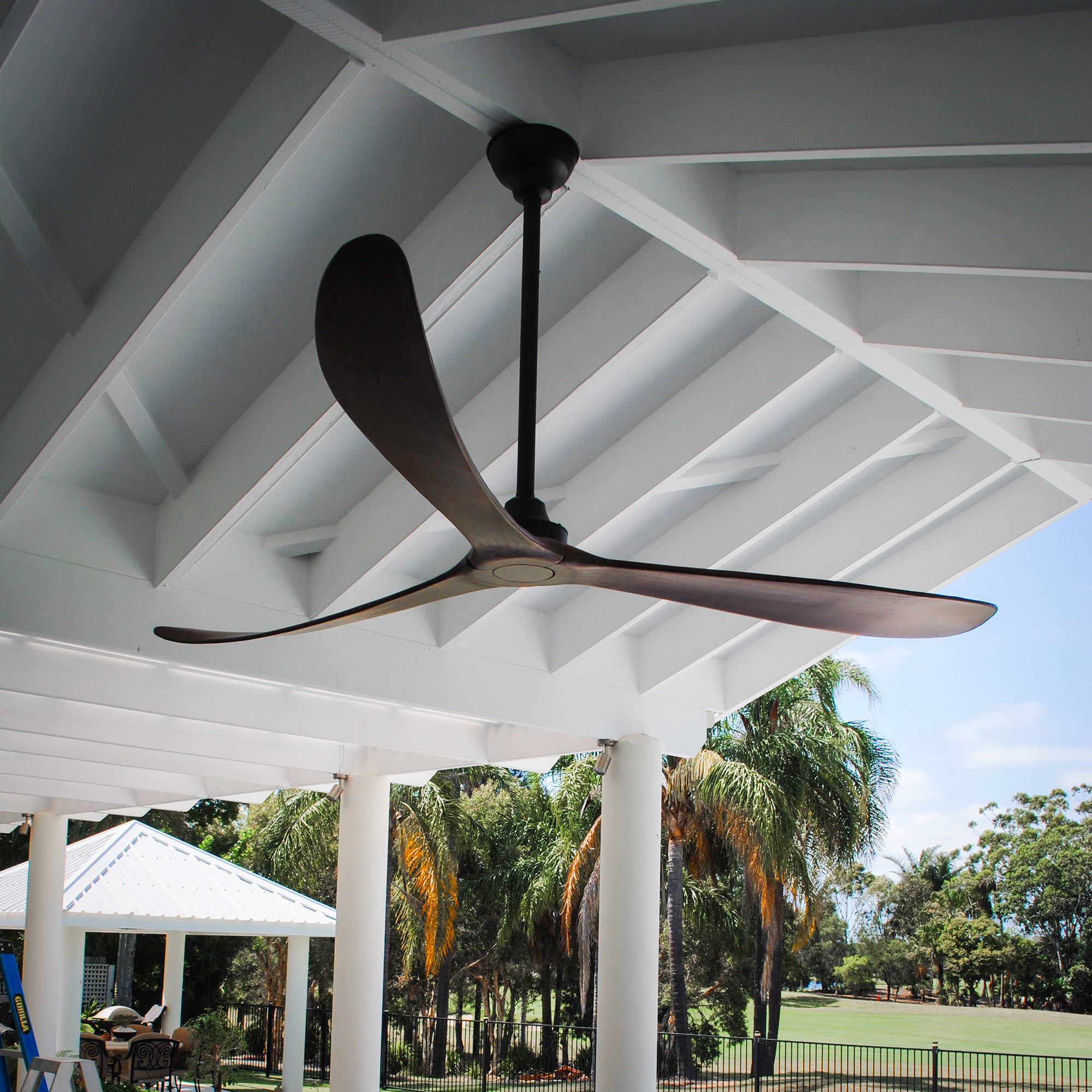
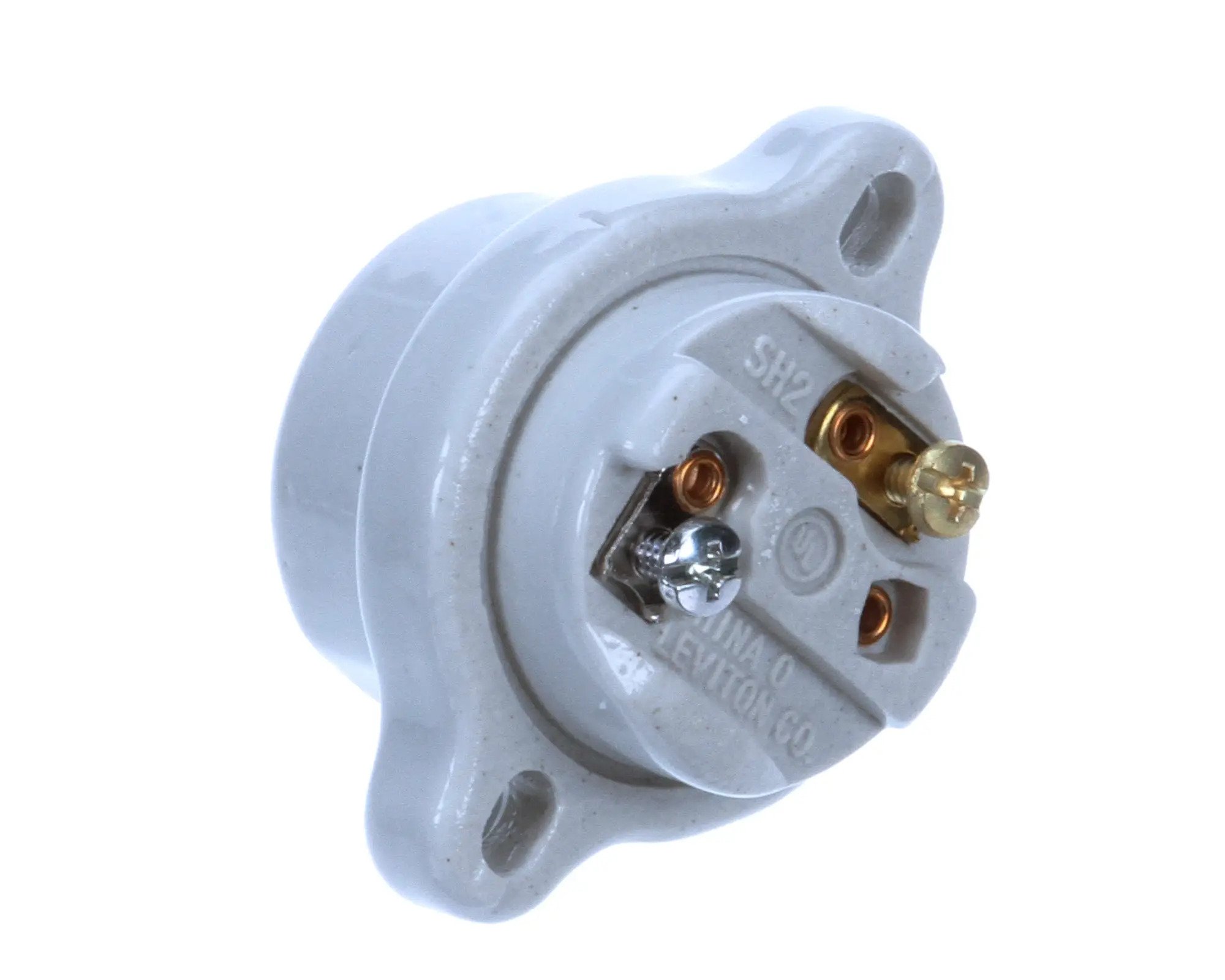

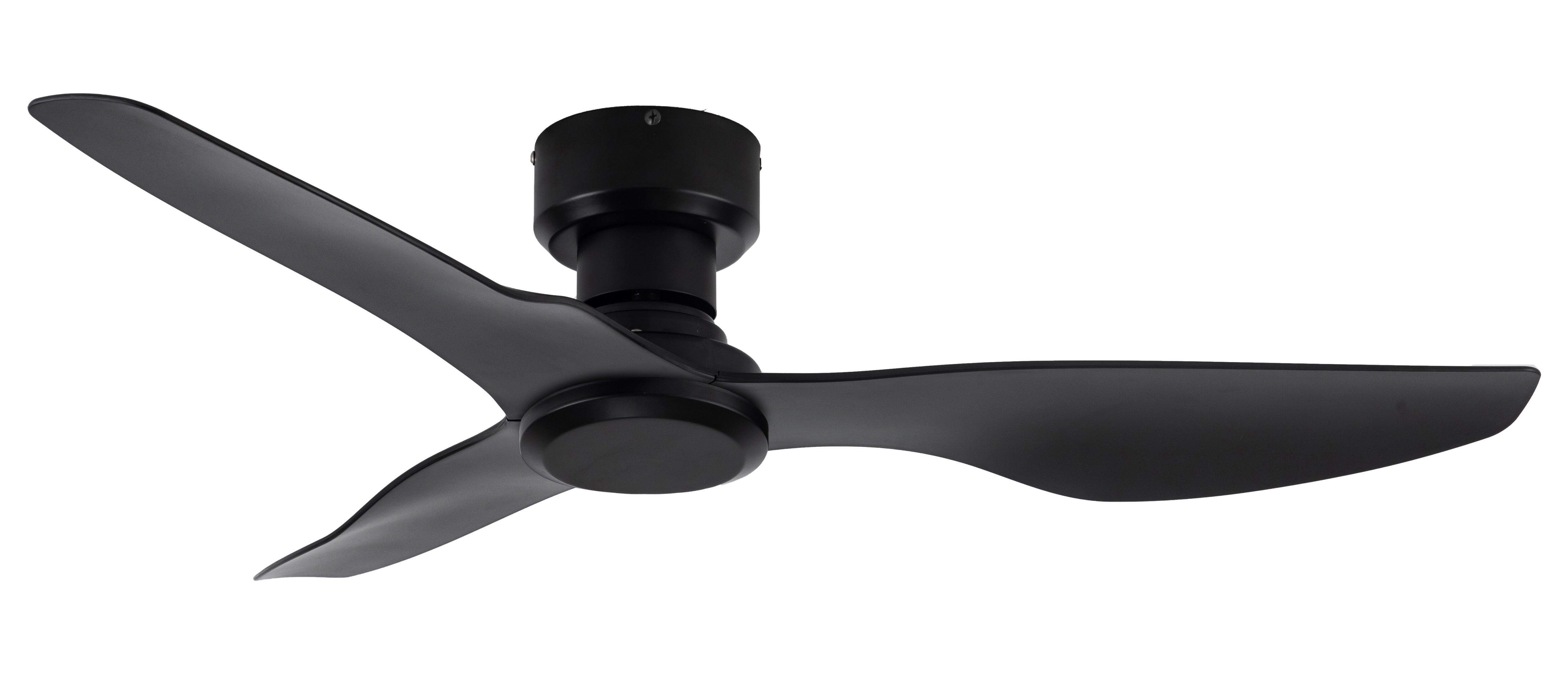
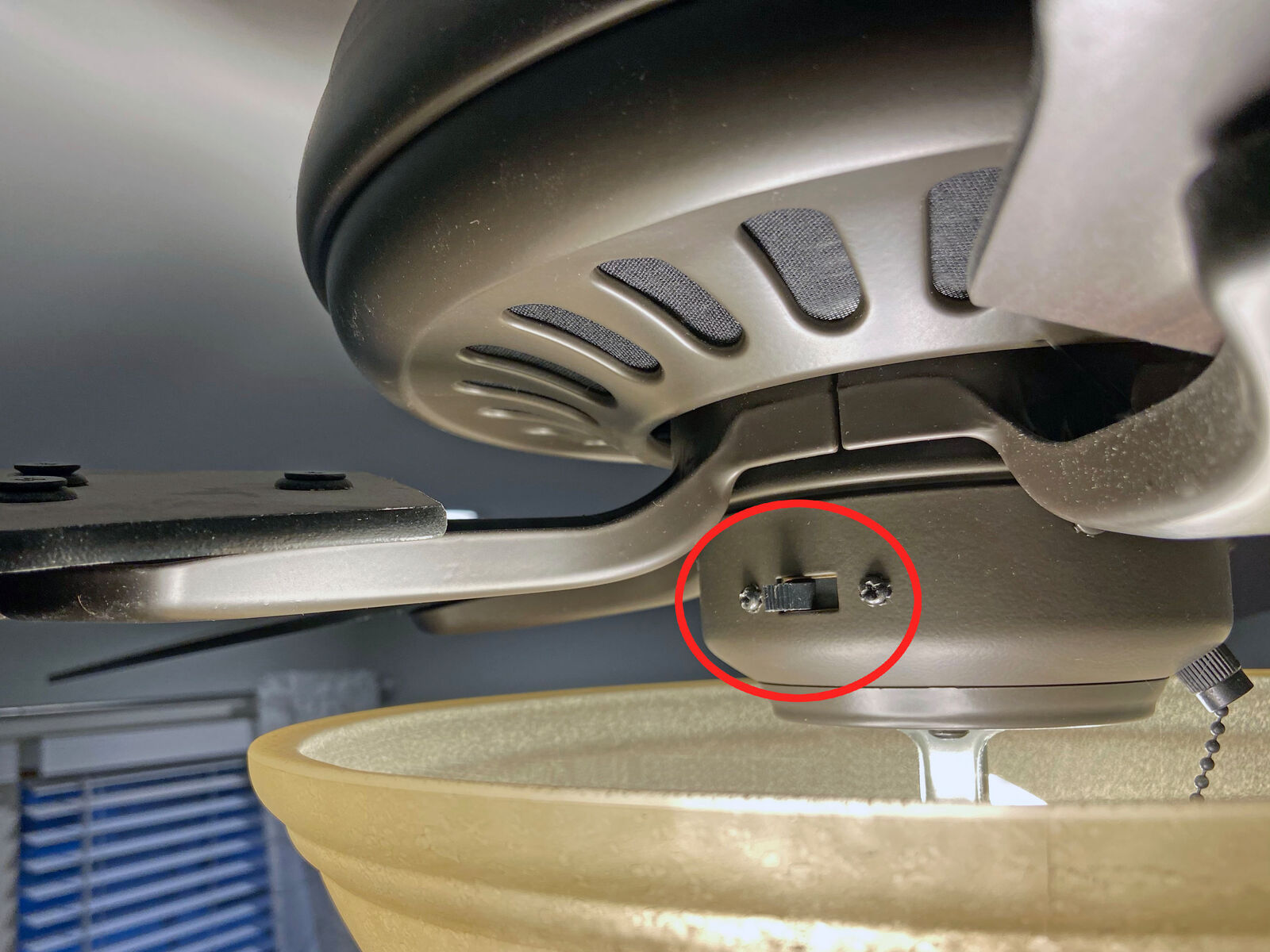
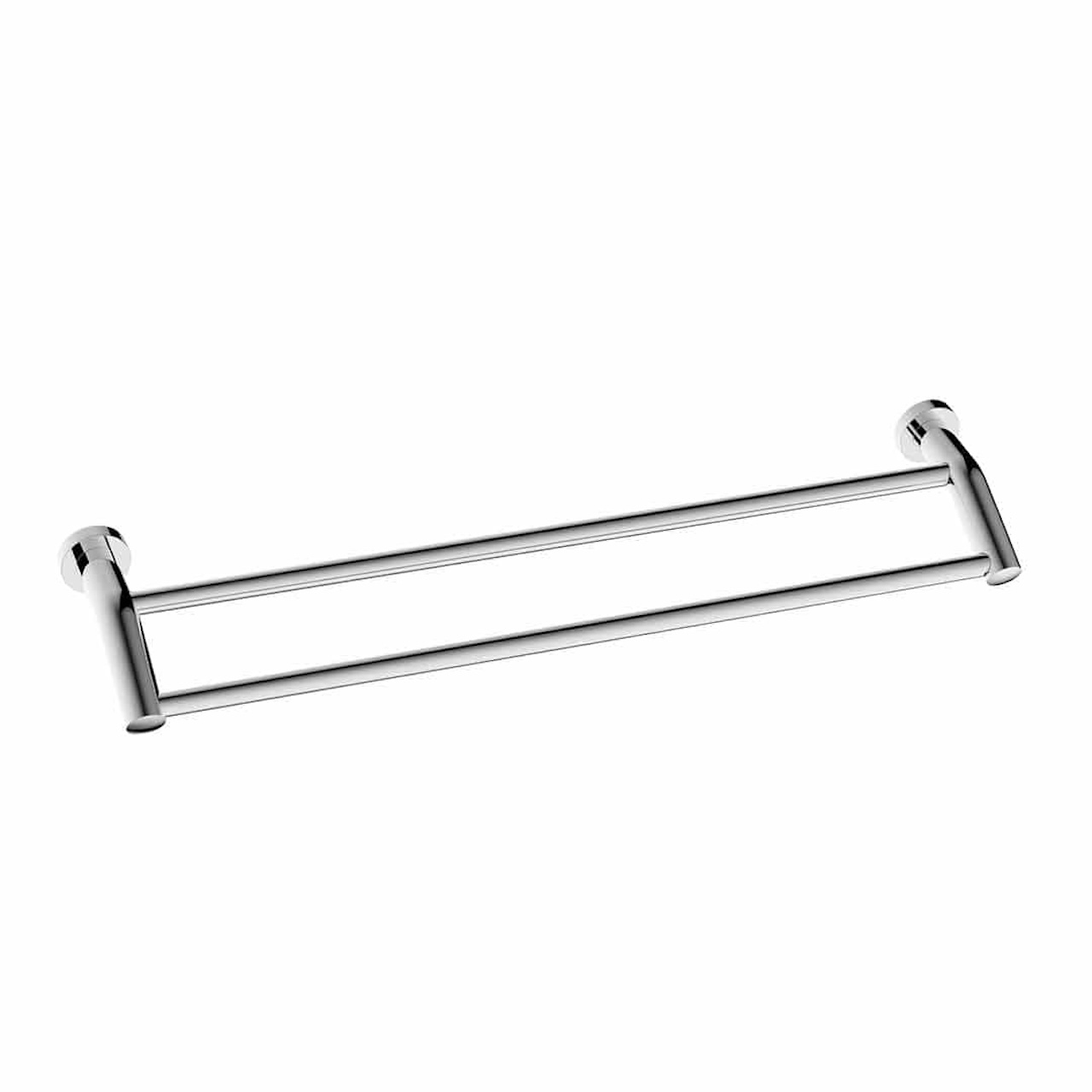

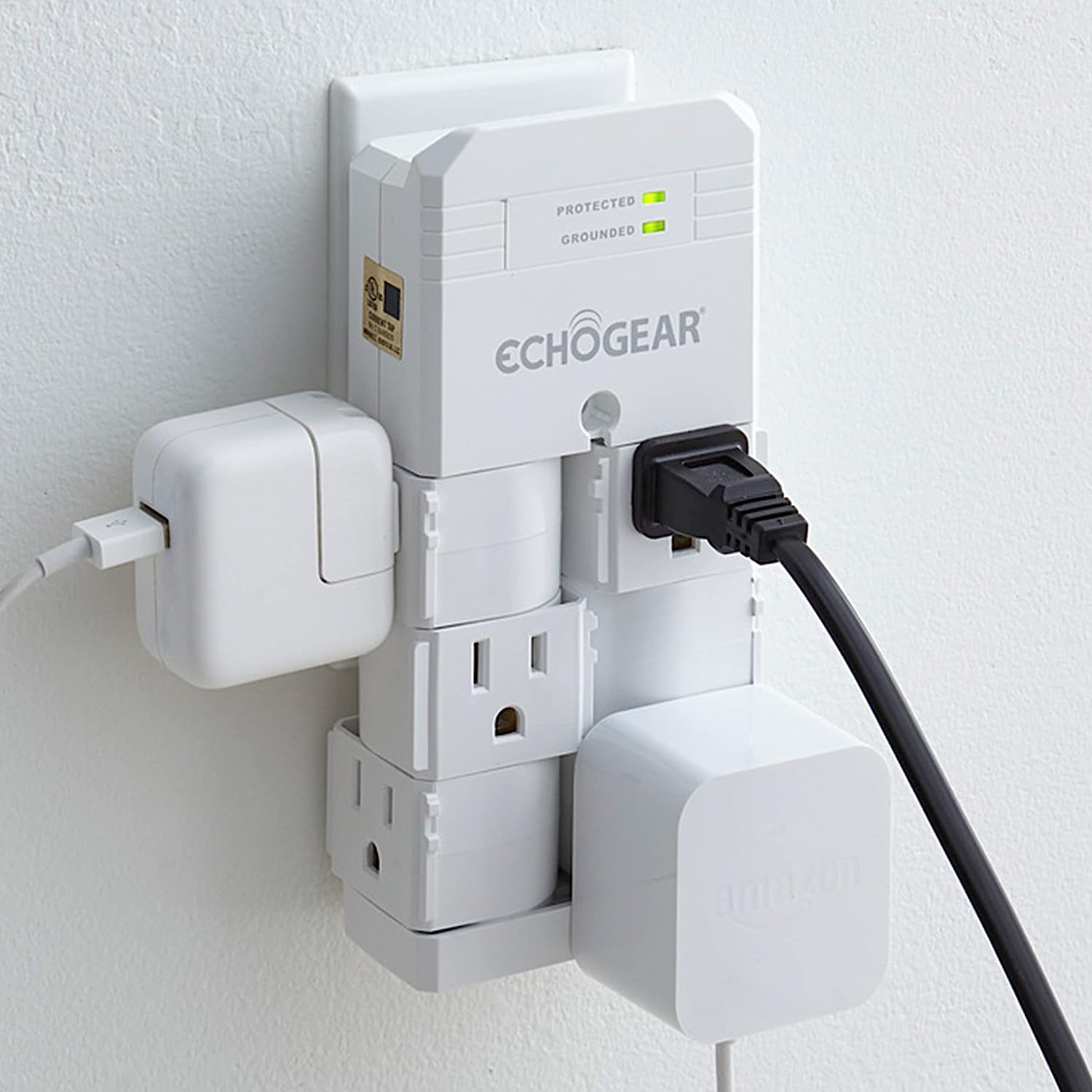
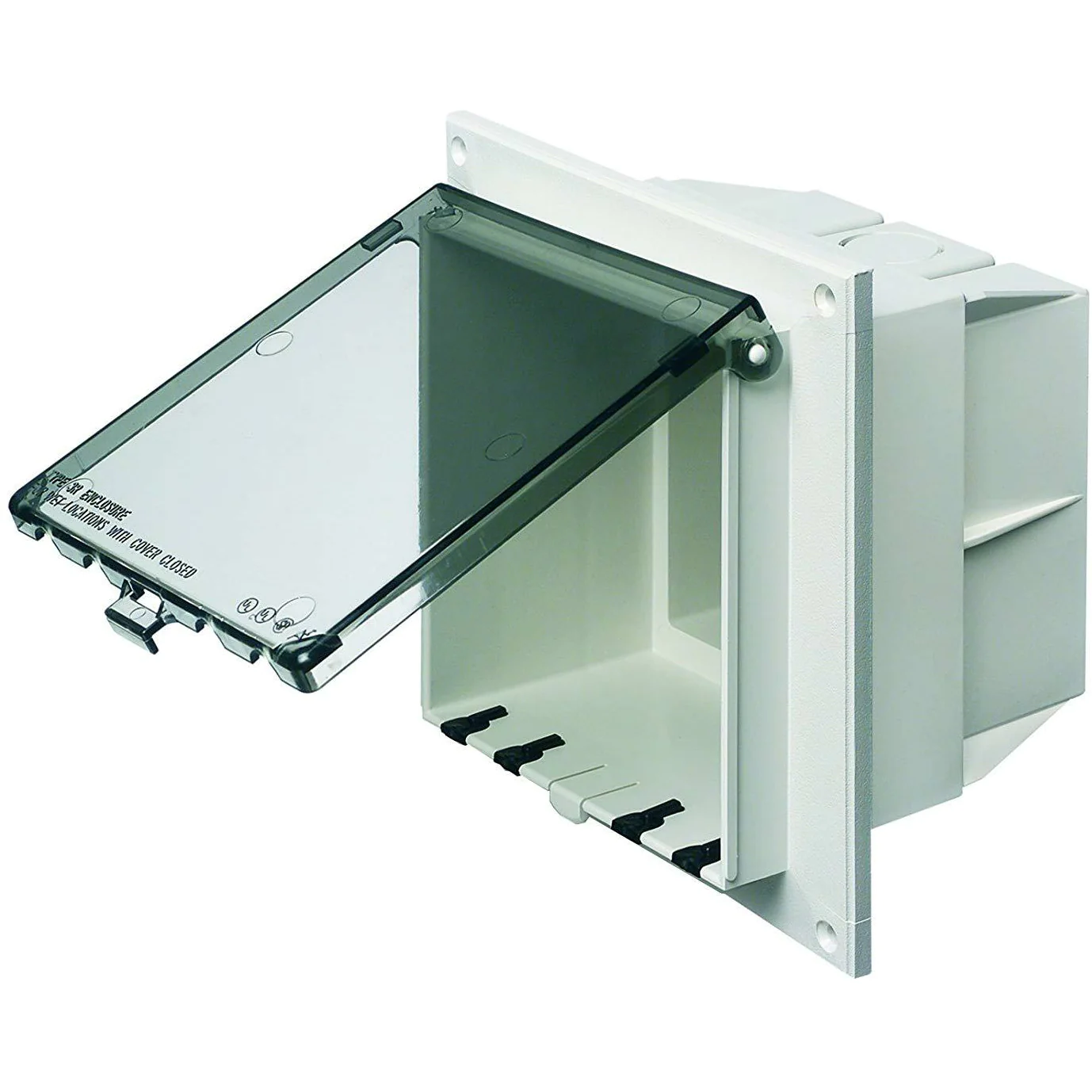
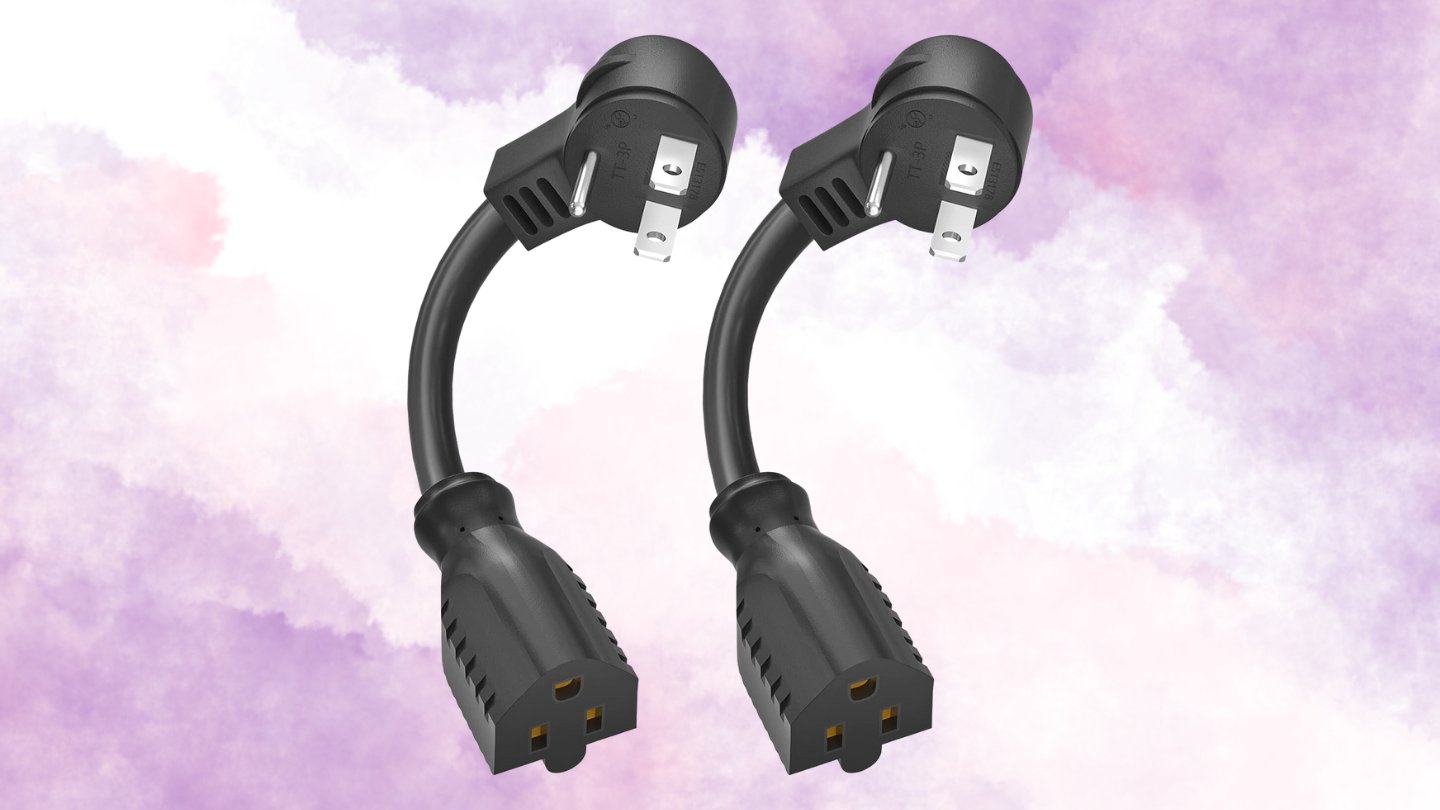
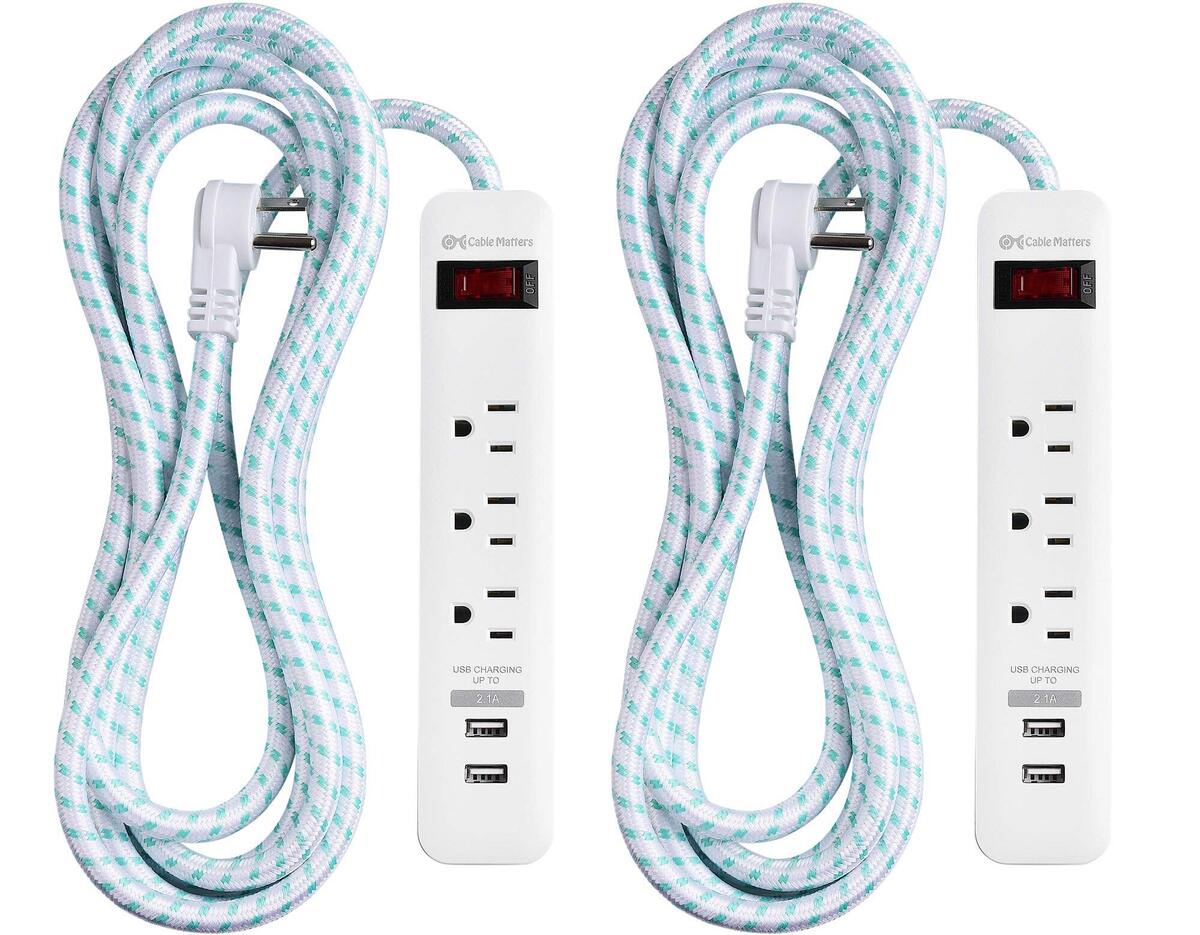
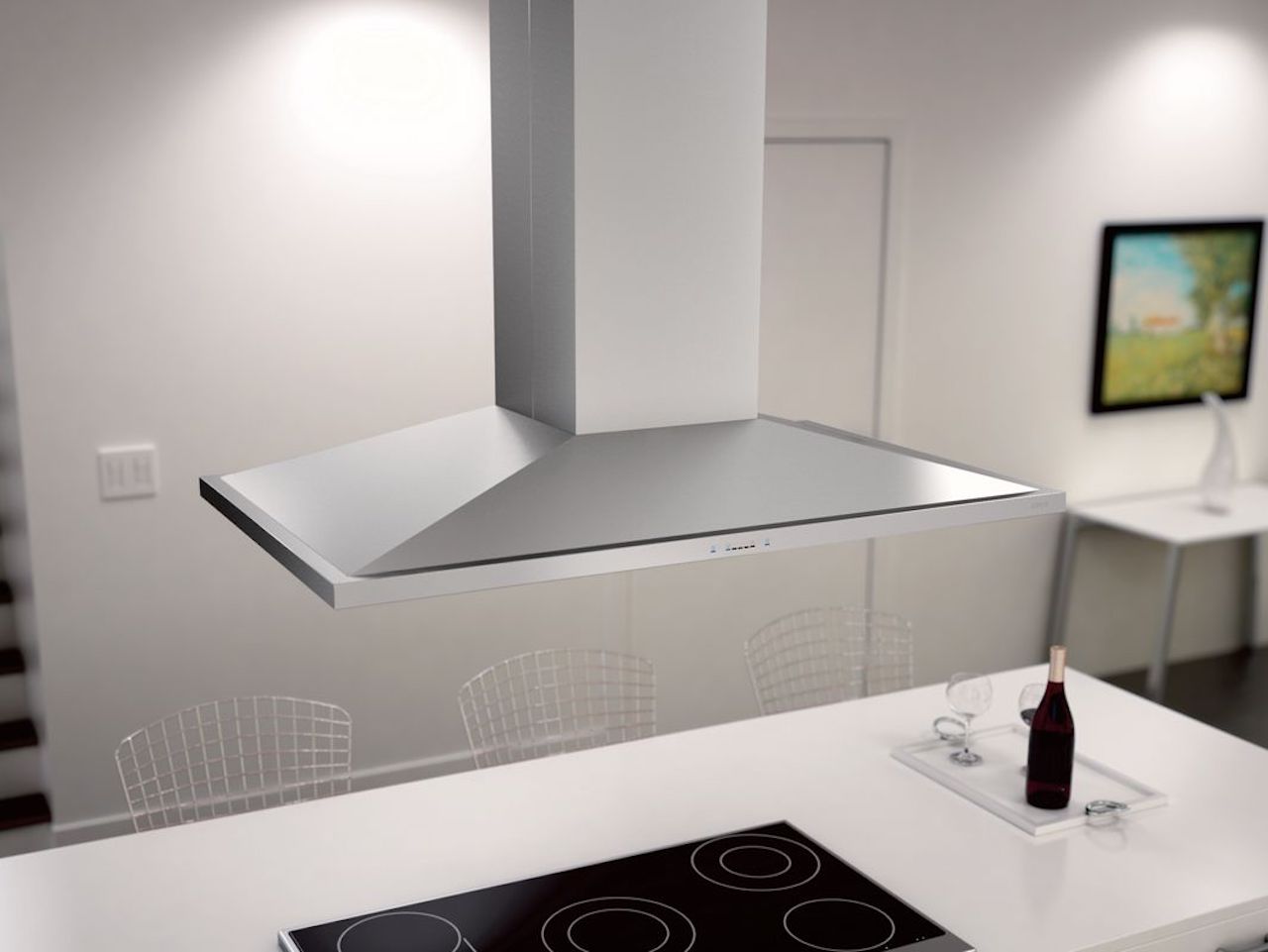

0 thoughts on “What Is A Low Profile Ceiling Fan”